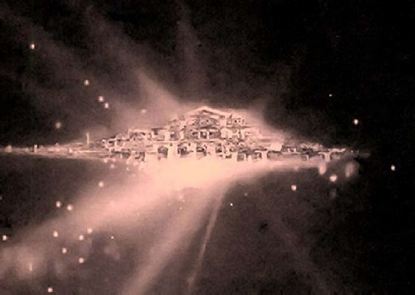По всем вопросам обращайтесь на: info@litportal.ru
(©) 2003-2025.
✖
SCIENCE AND TECHNOLOGY XXI: New Physica, Physics X.0 & Technology X.0
Настройки чтения
Размер шрифта
Высота строк
Поля
in R
, it is ascribed a composition function (a law of composition) R
(C
x C
) ? R
(C
x C
) = R
(C
x C
);
Then it follows that the category of force-interrelationship is to be figured as a pre-ordered category (with involution
) of two disjoint change sets, C
and C
, together with four morphisms:
,
, R(C
/ C
), and R(C
/C
).
The structure corresponds to a full graph depicted as a symmetrical graph with all the possible interrelations (arcs) between nodes (loops).
As a result, the total of force-relationships can be constructed as the totality of ordered classes of changes. Seeing that the force-relationships belong to the class of causally ordered processes, R
C x C R, the entirety of its connections will constitute the relational structure of the universe, or the physical world W:
R
<C, C x C, , ?, ,
> W
(1)
The algebra of natural force-relations on a set of change variables involves the binary operations of set union and intersection , , direct product x, the unary operations of negation
or inversion #, the order relation , and the operation of composition ?, all is liable to the laws and rules which are valid for formal relationships in general (Abdoullaev, A. (2008). What Organizes the World: N-Relational Entities. IGI Global; http://www.igi-global.com/bookstore/chapter.aspx?titleid=28313).
From Basic Force Fields to Fundamental Natural Force-Interaction
In the language of class variables, the fundamental natural force-relationship of set changes (natural, physical, or chemical) can be formulated as a system of interconnected change variables:
R
= C
C
(2)
Here indexes i and j are subject to conditions: ij=; 0 i, j n; R
is a composition of relation R such that C
R
C
= C
R C
?C
R C
. The force-relation formula indicates that the interplaying forces, or action-causes and effect-effects must be always of distinct types of changes and processes.
The relation = C
RC
C
RRC
C







